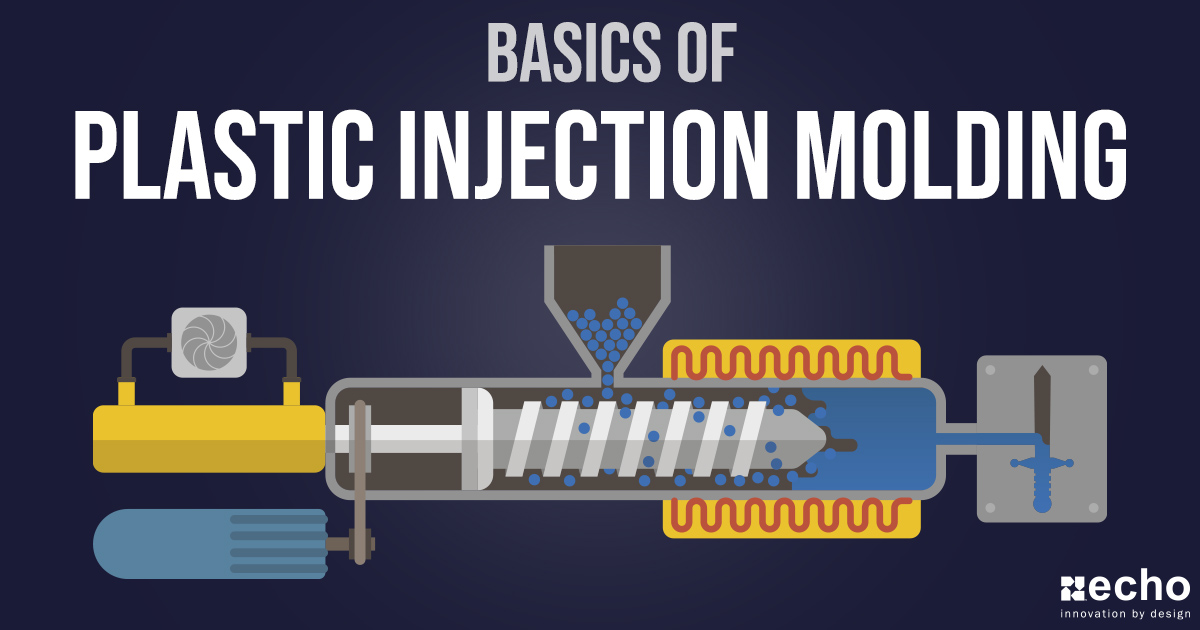How Lean Production can Save You Time, Stress, and Money.s
Wiki Article
Our Plastic Manufacturing Diaries
Table of ContentsNot known Factual Statements About Additive Manufacturing Oem Can Be Fun For AnyoneThe Plastic Manufacturing PDFsThe Die Casting IdeasThe 5-Second Trick For Die CastingExamine This Report about Hon Hai Precision
The text on this web page is a sample from our complete White Paper 'Shot Moulding for Customers' - * Sample message * - for complete guide click the download button above! Introduction This guide is meant for individuals that are aiming to resource plastic mouldings. It gives a much required understanding into all that is included with producing plastic parts, from the mould device needed to the moulding procedure itself.If you wish to check out even more, the overview covers sorts of mould devices, in addition to unique completing processes such as colours & plating. Words that are underscored can be found in the glossary in the appendix ... Part I: Moulding: The Essentials The Advantages of Shot Moulding Plastic shot moulding is a really accurate process that provides a number of benefits over various other plastic processing techniques.
Precision is best for really elaborate parts. You can hold this moulding in the palm of your hand and also it has managers, ribs, metal inserts, side cores as well as holes, made with a sliding shut off feature in the mould device.
Manufacturing Industries for Dummies


from material feed & melting; product injection; cooling time and also ejection to the re-closing of the mould tool prepared for the next cycle. Draft angles - The walls of a moulded component need to be a little tapered in the direction in which the component is ejected from the mould device, to permit the component to be ejected quickly.
Ejector stroke - The pressing out of ejector pins to expel the moulded component from the mould device. Ejector stroke rate, size as well as timing requires to be thoroughly managed to avoid damage to the ejectors and also mould device, but at the very same time make the moulding cycle as short as feasible.

The Definitive Guide to Die Casting
Ribs - When a plastic part has thin wall surfaces, ribs are included in the layout to make the slim wall surfaces stronger Side cores - Side action which produces a function on a moulded component, at an opposing angle to the normal opening direction of the mould device. manufacturing industries. The side core requires to be able to retract as the plastic component can not be ejected otherwise.
Walls - The sides of a moulded part The text on this page is a sample from our full White Paper 'Injection Moulding for Buyers'.
Manufacturing procedure for creating parts by injecting liquified material into a mould, or mold and mildew Simplified diagram of the procedure Injection moulding (united state punctuation: shot molding) is a production process for creating components by injecting liquified product right into a mould, or mold and mildew. Shot moulding can be done with a host of products mostly consisting of metals (for which the process is called die-casting), glasses, elastomers, confections, as well as the majority of frequently thermoplastic as well as thermosetting polymers. Injection moulding is widely utilized for manufacturing a variety of parts, from the tiniest elements to whole body panels of vehicles. Advances in 3D printing modern technology, utilizing photopolymers that do not melt during the shot moulding of some lower-temperature thermoplastics, can be used for some straightforward injection moulds. Shot moulding utilizes a special-purpose device that has 3 parts: the shot unit, the mould and continue reading this also the clamp.
The Only Guide for Lean Production
, with the volume utilized of the previous being significantly higher.: 13 Thermoplastics are common due to qualities that make them highly suitable for injection moulding, such as convenience of recycling, flexibility for a large range of applications,: 89 and capability to soften as well as flow on home heating.In multiple cavity moulds, each tooth cavity can be similar as well as develop the same components or can be unique as well as form numerous different geometries during a solitary cycle. Moulds are generally made from tool steels, however stainless steels as well as aluminium moulds are suitable for certain applications. Aluminium moulds are normally improper for high quantity manufacturing or parts with slim dimensional tolerances, as they have substandard mechanical homes as well as are extra vulnerable to wear, damages, as well as deformation throughout the injection as well as securing cycles; nevertheless, aluminium moulds are affordable in low-volume applications, as mould manufacture expenses and also time are considerably lowered.
The screw provides the raw product ahead, blends and homogenises the thermal and viscous circulations of the polymer, as well as lowers the required home heating time by mechanically shearing the material as well as adding a significant amount of frictional heating to the polymer. The material feeds ahead via a check valve as well as gathers at the front of the screw right into a quantity recognized as a shot. When sufficient product has actually gathered, the product is compelled at high pressure as well as rate into the part developing tooth cavity. The precise quantity of shrinkage is a function of the material being utilized, and can be fairly predictable. To avoid spikes in pressure, the process generally uses a transfer setting matching to a 9598% full tooth cavity where the screw shifts from a continuous speed to a continuous stress control.
Our Lean Production Statements
The packing stress is used until the gateway (tooth cavity entrance) solidifies. Due to click here now its tiny size, the entrance is generally the first place to solidify with its whole thickness.: 16 Once the gateway solidifies, no more material can enter the dental caries; accordingly, the screw reciprocates and acquires material for the following cycle while the material within the mould cools so that it can be expelled and be dimensionally steady.Report this wiki page